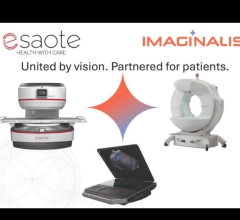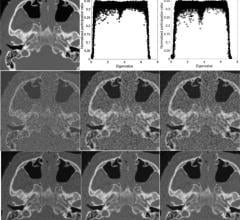August 1, 2019 — The U.S. Food and Drug Administration (FDA) issued a new draft guidance titled Testing and Labeling Medical Devices for Safety in the Magnetic Resonance (MR) Environment.
The MR environment presents unique safety hazards for patients and other persons with medical devices near or inside an MR system. This draft guidance, when finalized, is intended to:
-
Provide recommendations on testing for assessing the safety and compatibility of medical devices in the MR environment;
-
Identify test methods that address specific hazards and provide recommended format for MRI Safety Information in medical device labeling; and
-
Submit comments on the draft guidance.
According to the FDA, the guidance document “applies to all implanted medical devices, external medical devices that are fastened to or carried by a patient, and all medical devices that are intended to enter the MR environment.” Contents include recommendations on MR safety and compatibility assessments, as well as key information the agency says should be included in any FDA submissions for the affected devices. The guidance does not apply to the MRI scanner systems themselves.
In the document, the FDA recommends that the safety and performance of a medical device should be assessed for all of the magnetic field strengths to which that device may potentially be exposed. Some of the potential safety issues covered in the document include:
-
Magnetically induced displacement force and/or torque (unwanted movement of the device caused by the magnetic field);
-
Heating of the medical device and/or surrounding tissue, by radiofrequency (RF) induction or switching magnetic field gradients;
-
Gradient induced vibration of the medical device;
-
Unintended stimulation of the device by switching gradient pulses;
-
Medical device malfunction; and
-
Image artifacts.
The FDA explains that all devices should be labeled as either MR-conditional (demonstrated safety in the MR environment within defined conditions), MR safe (poses no known hazards resulting from exposure to any MR environment) or MR unsafe (poses unacceptable risks to the patient,medical staff or other persons within the MR environment).
This draft guidance will be open for public comments for 60 days at www.Regulations.gov under docket number FDA-2019-D-2837.
Read the full draft guidance document.
For more information: www.fda.gov
Related MRI Safety Content
Closing the Loopholes in MRI Safety
VIDEO: New App Improves MRI Safety For Implantable Devices


 December 04, 2025
December 04, 2025 









